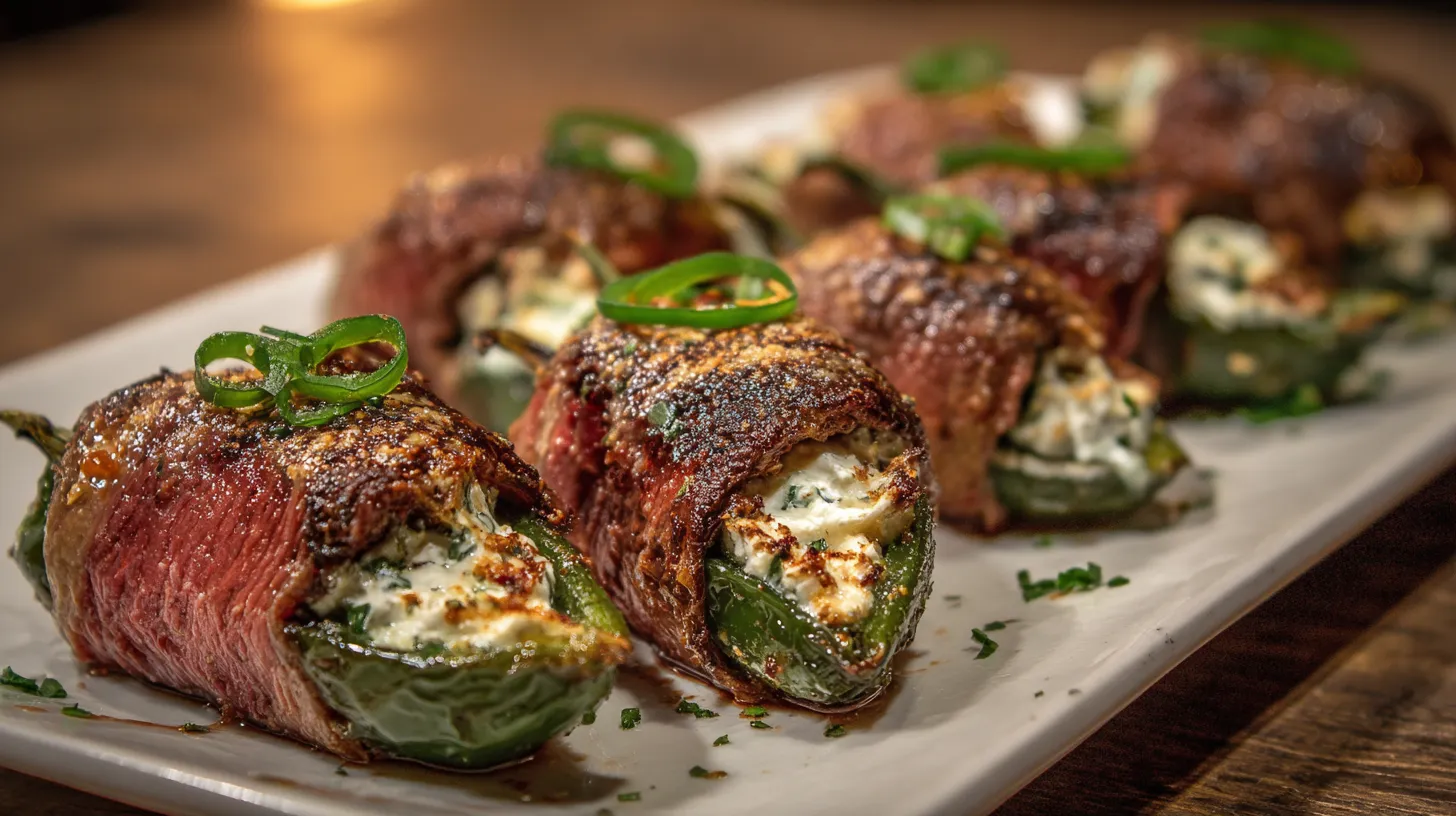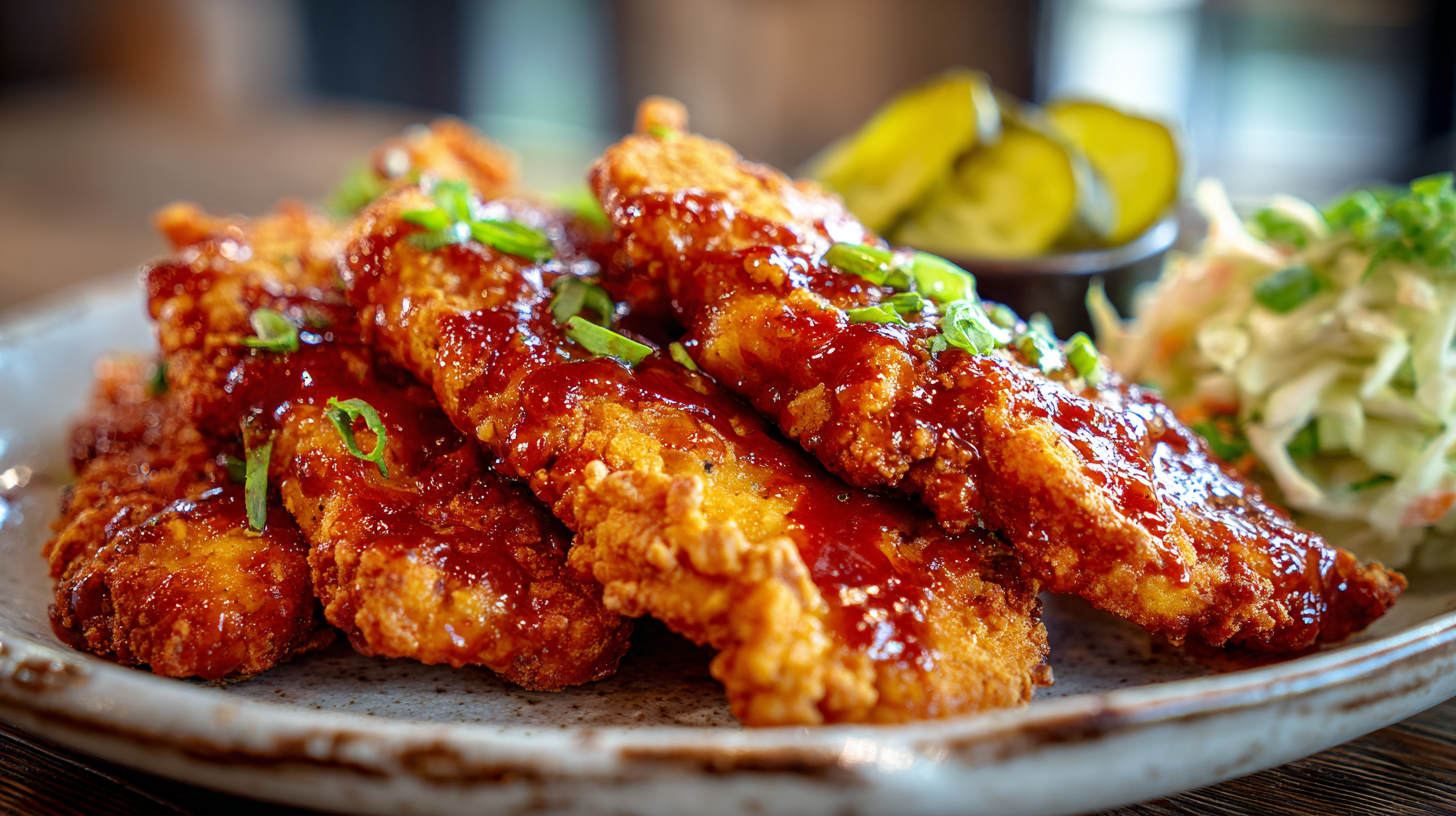Packaged pasta salads have become a staple in the realm of convenient and quick meals. Offering a variety of flavors and easy-to-prepare options, these salads are perfect for those seeking a fast yet delicious dining experience. The popularity of packaged pasta salads lies in their ability to cater to diverse tastes and dietary preferences. For a twist on traditional recipes, check out BLT Pasta Salad Recipe.
Selecting the Best Packaged BLT Pasta Salads
When selecting the ideal packaged pasta salad, there are several key considerations to keep in mind:
1. Prioritizing Quality Ingredients:
- Whole Grains and Nutrients: Opt for salads that incorporate whole grains. These not only offer a richer, more satisfying texture but also provide essential nutrients.
- Vegetables and Lean Proteins: Look for options that include a variety of vegetables and sources of lean protein. These ingredients not only enhance the nutritional value but also contribute to a more balanced meal.
- Low in Unwanted Additives: Steer clear of pasta salads that are high in sodium, added sugars, or artificial preservatives. These can detract from the health benefits and potentially lead to unwanted health effects.
- Allergen Awareness: Always check the ingredient list for common allergens like peanuts, tree nuts, dairy, or gluten, especially if you have specific dietary restrictions or allergies.
2. Serving Size and Packaging Considerations:
- Portion Options: Decide whether you need single-serving sizes for convenience and portion control, or if larger, family-style packages are more suitable for your needs.
- Packaging and Freshness: The type of packaging can significantly impact the freshness and shelf-life of the pasta salad. Look for packaging that seals in freshness, is easy to store, and is environmentally friendly if possible.
3. Exploring Flavor Profiles and Taste Varieties:
- Diverse Flavors: Don’t hesitate to try different flavors. Options might range from classic Italian pesto to exotic sun-dried tomato, Mediterranean olives, or even spicy southwestern styles.
- Taste Experimentation: Each pasta salad offers a unique taste experience. Experiment with various flavor profiles to discover what appeals to your palate the most. This could include tangy vinaigrettes, creamy dressings, or herb-infused recipes.
By keeping these factors in mind, you can choose a packaged pasta salad that not only satisfies your taste buds but also aligns with your nutritional needs and lifestyle preferences.
For creative pairing ideas with your pasta salad, explore Pasta Salad Pairings Guide.

Nutritional Aspects
Understanding the nutritional value of your pasta salad is crucial for maintaining a healthy diet. Pasta salad, a popular dish known for its versatility and deliciousness, can be a nutritious meal option when prepared thoughtfully. Here’s what to look for to ensure your pasta salad is both tasty and beneficial for your health:
Benefits of Whole Grain Pasta:
- Rich in Fiber: Whole grain pasta is a great source of dietary fiber, which is essential for digestive health. Fiber helps in regulating blood sugar levels and maintaining a healthy gut.
- Nutrient-Dense: Unlike refined pasta, whole grains include all parts of the grain – the bran, germ, and endosperm. This means they retain more nutrients, including B vitamins, iron, magnesium, and antioxidants.
- Promotes Satiety: The fiber content in whole grain pasta helps in feeling full for a longer period, which can aid in weight management.
- Lower Glycemic Index: Whole grain pasta has a lower glycemic index compared to refined pasta, meaning it causes a slower rise in blood sugar levels, beneficial for those managing diabetes.
A Good Balance of Protein and Vegetables:
- Protein Sources: Incorporate lean proteins such as grilled chicken, tofu, legumes, or tuna into your pasta salad. Protein is crucial for muscle repair and growth, and it also helps in making the meal more satisfying.
- Variety of Vegetables: Add a rainbow of vegetables to your pasta salad. Vegetables are low in calories but high in vitamins, minerals, and fiber. They add color, texture, and vital nutrients to your meal. Think bell peppers, cherry tomatoes, spinach, arugula, or cucumbers.
- Healthy Fats: Include sources of healthy fats like avocado, nuts, or seeds. These fats are essential for absorbing fat-soluble vitamins and supporting heart health.
Reading and Understanding Nutritional Labels for Better Choices:
- Check Serving Sizes: Be aware of the serving size mentioned on the label to understand how much of each nutrient you are consuming.
- Look at the Ingredients List: Choose pasta and dressings with whole food ingredients and minimal additives or preservatives.
- Monitor Sodium and Sugar Levels: Many dressings and pre-packaged pasta salads can be high in sodium and added sugars. Opt for low-sodium and low-sugar options.
- Understand Fat Content: Pay attention to the type and amount of fat present. Look for unsaturated fats and avoid trans fats.
In conclusion, a well-prepared pasta salad can be a healthy and satisfying meal. By choosing whole grain pasta, balancing it with protein and a variety of vegetables, and being mindful of the nutritional labels, you can enjoy your pasta salad while also nourishing your body. Remember, the key is in the quality of ingredients and the balance of nutrients in your dish.
Price Comparison and Value
When navigating the price range of different brands of packaged pasta salads, there are a couple of strategies to consider:
1. Comparing Prices Across Brands and Retailers:
- Brand and Store Comparison: Investigate the pricing of various brands available in different stores. Prices can vary significantly between brands and retailers, so it’s worth checking a few different places.
- Quality vs. Cost Assessment: While comparing prices, also evaluate the quality offered by each brand. Sometimes, a higher price might be justified by superior ingredients or taste. Conversely, more affordable options might surprise you with their quality.
2. Seeking Out the Best Deals:
- Sales and Promotions: Keep an eye out for sales, discounts, or special promotions. Many stores reduce prices on certain items periodically, which can be a great opportunity to try higher-priced brands at a lower cost.
- Bulk Buying: If you find a brand you like, consider purchasing it in bulk. Bulk buying often reduces the overall cost per unit and is especially useful if the product has a long shelf life or if you consume it frequently.
- Store Brands as an Alternative: Don’t overlook store brands. These are often priced lower than national brands and can offer similar or sometimes even superior quality. Store brands are a great way to enjoy savings without compromising on taste or quality.
By employing these strategies, you can effectively navigate the price range of different packaged pasta salads, finding a balance that suits both your budget and your taste preferences. Remember, the cheapest option isn’t always the best in terms of flavor and quality, and sometimes spending a little more can lead to a much more satisfying meal experience.
FAQs
Cooking and Preparation Tips
When it comes to preparing the perfect pasta for salad, along with dressing and serving it creatively, there are several aspects to consider:
1. Cooking Pasta Perfectly for Salad:
- Achieving the Right Texture: The key to a good pasta salad is cooking the pasta to ‘al dente’ – firm to the bite. This ensures the pasta holds up well when mixed with other ingredients and dressings.
- Balancing Cooking Time and Temperature: Use a large pot of boiling, salted water for cooking the pasta. Follow the package instructions for cooking time but start checking a couple of minutes before the recommended time. Remember, the pasta continues to cook a bit even after you drain it.
2. Dressing and Seasoning Tips:
- Choosing the Right Dressings: Select dressings that complement the other ingredients in your salad. Light olive oil-based dressings work well for Mediterranean-style salads, while creamy dressings suit more traditional American pasta salads.
- Enhancing Flavor with Seasoning: Don’t forget to season your pasta salad. Along with salt and pepper, consider adding fresh herbs, garlic, or citrus zest to elevate the flavors. Season while the pasta is still warm to help it absorb the flavors better.
3. Creative Serving Ideas:
- Innovative Presentation: Serve your pasta salad in unique ways – perhaps in individual cups for a party, or layered in a glass bowl to showcase the colorful ingredients. You can also use edible bowls, like hollowed-out bell peppers, for a fun twist.
- Pairing with Other Dishes: Pasta salad pairs wonderfully with a variety of dishes. Serve it alongside grilled meats or fish for a hearty meal, or with a selection of other salads and bread for a lighter, buffet-style dining experience. It can also be a great addition to a picnic or potluck.
By focusing on these elements, you can ensure your pasta salad is not only delicious but also visually appealing and well-paired with other components of your meal. Remember, the beauty of pasta salad lies in its versatility, so don’t be afraid to experiment with different ingredients, dressings, and serving styles.
Conclusion and Recommendations
In conclusion, packaged pasta salads offer a versatile and convenient meal option suitable for various occasions and dietary preferences. By considering factors like ingredients, nutritional value, and price, you can choose a pasta salad that not only satisfies your taste buds but also aligns with your health and budgetary needs. Don’t hesitate to experiment with different flavors and serving styles to keep your meals exciting and enjoyable.





